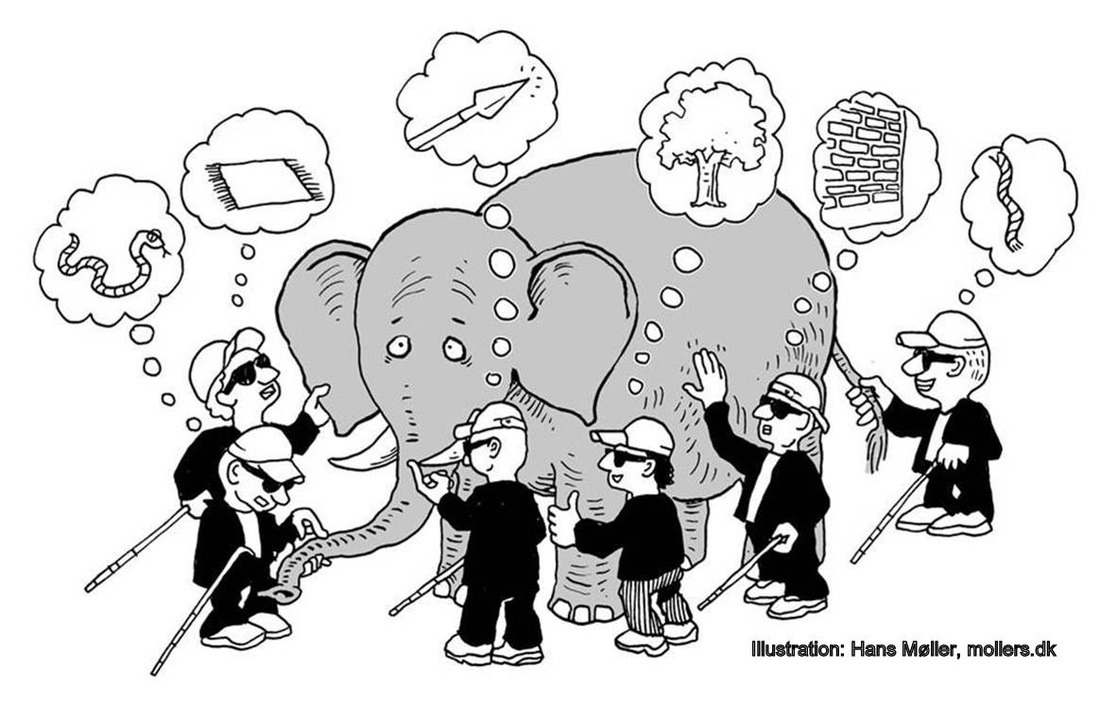Essential idea: Metabolic reactions are regulated in response to the cell’s needs.
Many elements of the metabolism are controlled by negative feedback by end product inhibition. The end product acts as a non-competitive inhibitor binding the allosteric site on an enzyme which controls the production of an intermediate compound earlier in the pathway. When the inhibitor binds to the enzyme this causes a change in the shape of the active site which prevents the substrate(s) binding. This results in the intermediate compound not being produced, which ultimately means no end product can be produced. The more end product there is the more it inhibits it's own production, this prevents an excess of unneeded compounds.
Understandings, applications and skills:
| 8.1.U1 | Metabolic pathways consist of chains and cycles of enzyme-catalysed reactions. |
| 8.1.U2 | Enzymes lower the activation energy of the chemical reactions that they catalyse. |
| 8.1.U3 | Enzyme inhibitors can be competitive or non-competitive. [Enzyme inhibition should be studied using one specific example for competitive and non-competitive inhibition.] |
| 8.1.U4 | Metabolic pathways can be controlled by end-product inhibition. |
| 8.1.A1 | End-product inhibition of the pathway that converts threonine to isoleucine. |
| 8.1.A2 | Use of databases to identify potential new anti-malarial drugs. |
| 8.1.S1 | Calculating and plotting rates of reaction from raw experimental results. |
| 8.1.S2 | Distinguishing different types of inhibition from graphs at specified substrate concentration. |
[Text in square brackets indicates guidance notes]
Presentation and notes
The presentation is designed to help your understanding. The notes outline is intended to be used as a framework for the development of student notes to aid revision.
|
Below are the notes for this topic. Alternatively the 8.1 Metabolism bottom line template can be used as a note construction template in itself or as a checklist if you are using your own or another template such as the Cornell style template.
|
Weblinks
Enzymes - what are they and how do they work
What is an enzyme? is a great place to start by Northland Community College
How enzymes work by Biotopics
How enzymes work by McGraw and Hill
Activation energy and the stressing of bonds explained by St Olaf College
Enzyme action and the hydrolysis of sucrose by McGraw and Hill
Inhibition and Metabolic Pathways
Allosteric (non-competitive) inhibition by St Olaf College
Example of a biochemical pathway by St Olaf College
Feedback (end product) inhibition from McGraw Hill
Example metabolic pathway, from McGraw Hill
Enzyme inhibition from Wiley Interscience
What is an enzyme? is a great place to start by Northland Community College
How enzymes work by Biotopics
How enzymes work by McGraw and Hill
Activation energy and the stressing of bonds explained by St Olaf College
Enzyme action and the hydrolysis of sucrose by McGraw and Hill
Inhibition and Metabolic Pathways
Allosteric (non-competitive) inhibition by St Olaf College
Example of a biochemical pathway by St Olaf College
Feedback (end product) inhibition from McGraw Hill
Example metabolic pathway, from McGraw Hill
Enzyme inhibition from Wiley Interscience
Nature of science
Developments in scientific research follow improvements in computing—developments in bioinformatics, such as the interrogation of databases, have facilitated research into metabolic pathways. (3.8) [Covered, by example, in 8.1.A2]
Theory of knowledgeMany metabolic pathways have been described following a series of carefully controlled and repeated experiments. To what degree can looking at component parts give us knowledge of the whole?
The image to the right illustrates the dangers of a purely reductionist approach to understanding. That said many discoveries concerning the cell metabolism have been found using reductionist techniques. What is your opinion? |


